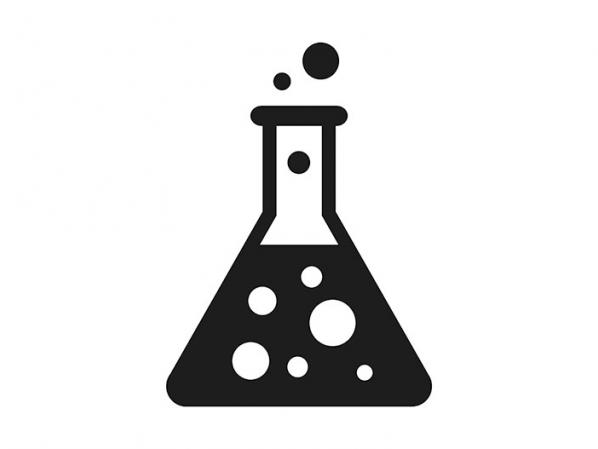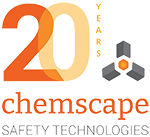The Domestic Substances List (DSL) and the Non-Domestic Substances List (NDSL) in Canada
January 18, 2021

Edited December 10, 2021 to provide updated information.
If you Manufacture Chemicals in Canada or Import Chemicals into Canada, you should get familiar with the Domestic Substances List (DSL) and the Non-Domestic Substances List (NDSL) in Canada. Both are part of Environment and Climate Change Canada’s Canadian Environmental Protection Act (CEPA).
What is the Domestic Substances List (DSL)?
The DSL is an inventory of substances manufactured in or imported into Canada on a commercial scale. There are 23,000 substances on the DSL. The Domestic Substance list is continuously updated, to add, update or delete substances. If you are looking to import or manufacture a substance you need to check if the substance is registered on the DSL. If a substance is on the DSL and has no other restrictions, it is OK for a company to import and use quantities of 100 kg or more per year.
What is the Non-Domestic Substances List (NDSL)?
The Non-Domestic Substance List (NDSL) is a list of substances believed to be in international commerce. Environment and Climate Change Canada has published and continues to maintain a non-domestic substances list (NDSL). This second publication is based on the United States Environmental Protection Agency's (U.S. EPA) Toxic Substances Control Act (TSCA) chemical substances inventory for 1985 and contains more than 58 000 entries. Substances not on the DSL but listed on the NDSL are subject to new substance notification with Environment and Climate Change Canada but with reduced requirements for information and greater quantity allowances. Quantities of 1000 kg or more per year of an NDSL (but not DSL) substance trigger notification. There is also a confidential portion to the NDSL.
New substances and the Canadian DSL
If a substance is not on the DSL, it is considered new to Canada and requires notification to Environment and Climate Change Canada and a hazard assessment to determine if it is toxic or could become toxic. The notification and assessment need to be completed before the substance can be manufactured or imported into Canada. There is an exemption to this rule if the substance is on the DSL and subject to significant new activity (SNAc) requirements.
How to comply with the DSL
Most products manufactured and imported into Canada are on the DSL. Substances on the DSL do not require notification unless they are subject to significant new activity (SNAc) requirements.
However, if you plan to import or manufacture a new substance into Canada you need to provide a new substance notification defined by the New Substances Notification Regulations (Chemicals and Polymers) or the New Substances Notification Regulations (Organisms).
How to search the Domestic Substances List
Environment and Climate Change Canada has a directory you can search. You will need the CAS numbers or substance name for the ingredients of the product. Chemscape also has this regulatory list in sdsBinders and CHAMP that allows you to search for substances in your inventory that are not on the DSL. This search identifies regulated ingredients within products for you. This information is useful for you to avoid work stoppage, restrictions on use, and the time it takes to get permission.
Substances and Confidentiality
Importers and manufacturers can claim confidentiality over their substance information. Confidential substances are identified by a masked name and referred to by a confidential accession number (CAN), assigned by Environment and Climate Change Canada. To reveal the confidential section of the DSL/NDSL, you will need to submit a Notice of Bona Fide Intent to Manufacture or Import to Environment Canada.
What if a substance is on the Significant New Activity (SNAc) list?
Significant new activities can apply to substances on the DSL or to new substances. If a substance falls on the SNAc List, it can trigger a need for the importer or manufacturer to provide Environment and Climate Change Canada information about the substance. The government will assess information on the substance to determine if it is toxic in relation to the new activity. You can search for items on the SNAc list here.
A significant new activity is an alternate use of a substance or other activity that results or may result in:
-
A significantly greater quantity or concentration of the substance in the environment; or
-
A significantly different manner or circumstances of exposure to the substance.
Let’s review a course of action if a company or individual wants to import or manufacture a substance in Canada.
How Do I Submit a New Substances Notification?
If your Safety Data Sheet lists an ingredient on the DSL or NDSL it does not mean it is approved for import into Canada.
If you intend to import or manufacture a substance subject to notification under the regulations, submit a New Substances Notification (NSN) package to Environment and Climate Change Canada. You must make this notification containing all information prescribed in the regulations, prior to import or manufacture of the substance. Resources for submission can be found online.
There are serious penalties including financial and penial for a violation of the Canadian Environmental Protection Act.
For more information, please refer to the Canadian Environmental Protection Act (CEPA).



